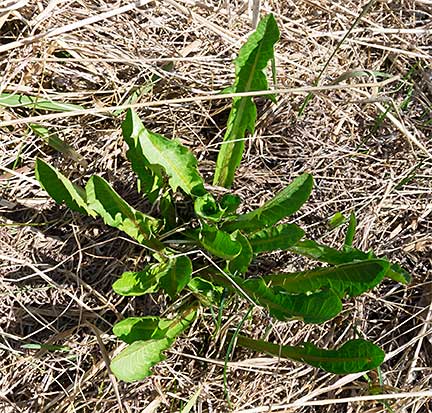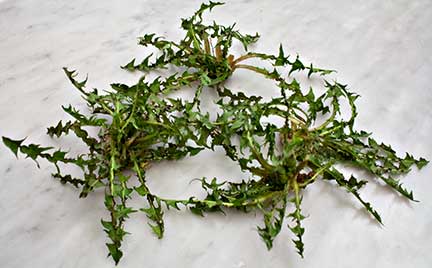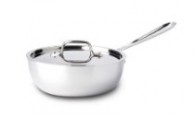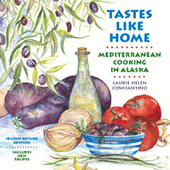
The Perfect Ready-to-Pick Dandelion
One o’clock, two o’clock, three o’clock, four o’clock chimes
Dandelions don’t care about the time
Dandelion don’t tell no lies
Dandelion will make you wise
–Mick Jagger, Keith Richards
Dandelions are one of the world’s best wild edibles. Whether or not they make you wise, eating dandelions will make you happy because they taste so good. In Anchorage, Alaska, dandelions are now at their peak of flavor, a Godsend because nothing much else is growing.
Since this is my first foraging post of the year, I’m including my Rules for Gathering Wild Plants. By following these rules carefully, you will avoid problems with your stomach, your intestinal system, your neighbors, and your local park wardens.
For those in need of foraging guidance, I’m leading a group on Wild Foraging next Thursday, May 17, at 6:30 pm, as part of a fundraiser for the Alaska Botanical Garden. Anyone wishing to participate can buy tickets for the class here.

Rules for Gathering Wild Plants
- Some plants can be confused with inedible or poisonous look-alikes. Be sure you know what you’ve harvested before eating any wild plant. Follow the wise adage: “When in doubt, throw it out!” There are many excellent field guides to edible plants. Consult one or more that focuses on the plants of your region before going on foraging expeditions.
- Don’t gather endangered species or over-harvest a single species in one location. Gather only what you need.
- Don’t break laws by trespassing on private property or in public areas where foraging is prohibited. In Alaska, most state and federal parks allow foraging of mushrooms, bark, ferns, moss, berries, cones, herbs, roots, and wildflowers for personal and subsistence harvest. The laws governing city parks vary from city to city; check local regulations before foraging in city parks.
- Even though a plant is edible, its flavor may not be worth the effort of harvesting or preparing it, particularly when there are so many other easily harvested plants around. Chickweed is an example of an edible plant that, for me, isn’t worth the effort to clean it. Before gathering a large amount of a plant that is new to you, cook and taste a small bit to make sure it appeals to your palate.
- Be careful about gathering wild plants in areas that’ve been sprayed with pesticides, or in areas where you don’t know if spraying has occurred. I don’t gather wild plants within 75 feet of a main road because dirt and pollution from traffic and exhaust fumes can contaminate the plants. I also avoid gathering wild plants in areas where animal waste is likely to be found.
- No matter where I gather wild greens, I meticulously wash them before using. After an initial cleaning to remove loose dirt, wash wild greens in cold water with 1/2 cup of vinegar mixed in, and then in cold, clear water.
Now that you know the rules, head outside and see what you can find. A list of Alaska’s most desirable wild edible is found here.





